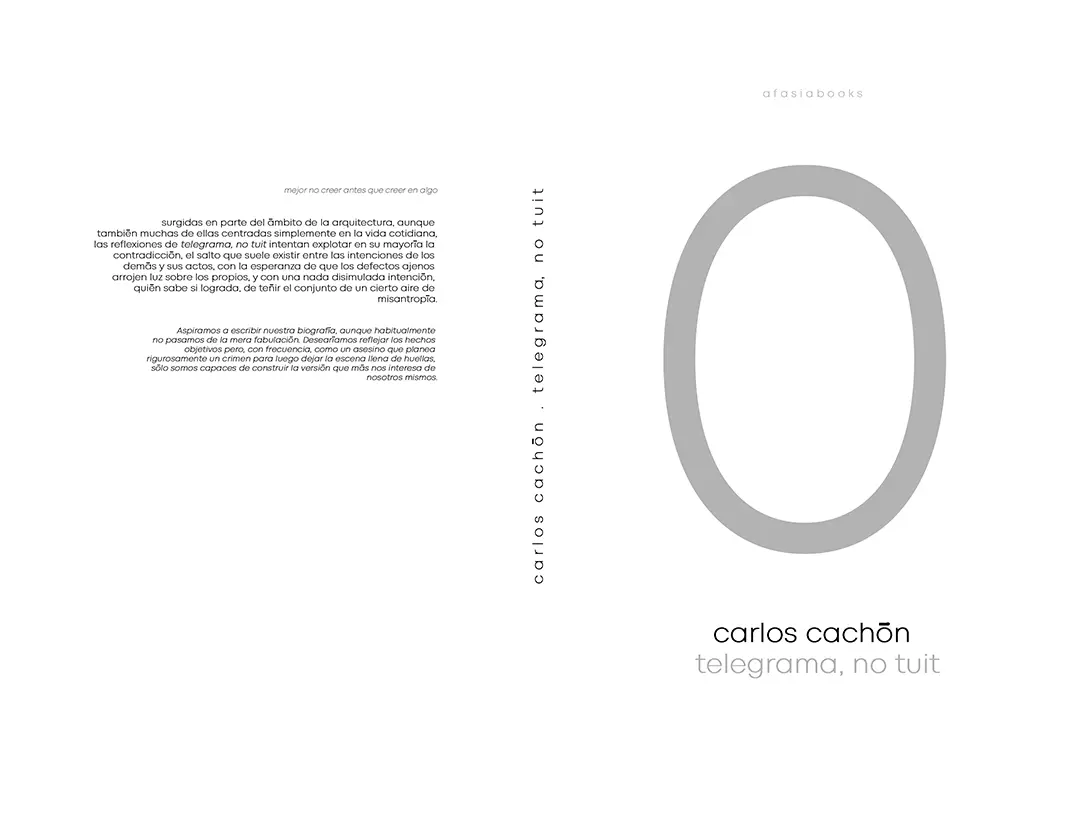
Architekturgenossenschaft . TRIBU architecture . renders: © Studio Salto
With this project proposal, Juch-Areal becomes a public and open city infrastructure for all its inhabitants. In times of climate catastrophe, a new recycling center should, or rather must, react to larger challenges than the mere demand for an optimal organization: We keep around one third of the plot unsealed. The project is intended as a flexible structure and can be adapted for alternative future uses. The main structure, as well as a large part of the building envelope, is planned with re-used building parts. The roof of the building is used for rainwater collection and energy production through photovoltaic panels.
Large parts of the site remain open to the public, and the internal working of the recycling center is visible from a balcony on +1. This balcony gives a public face to the building and creates a threshold between the internal operation of the recycling center and the public space: a place of overlaps, exchange and learning.
The required program is organized in horizontal layers in plan: The entire recycling center is compactly organized as a flexible and open hall on the south edge of the plot. The entire insulated volume with workshops, social spaces and offices is organized on the upper floor. This organization leaves a large part of the plot free – as a publicly accessible space for people, plants, animals, and insects. The vegetation provides shade, helps to reduce heat, and creates space for diverse habitats in a largely industrial context. The design of the landscape in horizontal layers makes possible, that the hall of the recycling center is not fenced off, but only closed with large roller shutters at night. The rest of the plot remains always accessible.
With this project, we are pursuing a strategy for the re-use of building parts, that allows a certain flexibility by not only relying on very specific mines. Rather, we are pursuing an adaptive strategy which allows to work with frequently occurring building parts. Accordingly, we start from three different types of re-use mines:
1) Specific mines: mines that are secured (e.g. a provided catalogue of the city of Zurich) from which specific components can be used.
2) Generic mines: mines that are identified and partially secured, typologies that are often dismantled in Switzerland (e.g. warehouses, in-situ concrete elements, wooden rafters).
3) Existing industries: Already functioning circular economies that can provide basic equipment such as toilets or timber.
Based on this re-use concept the building tries to find a balance in expression between a certain structural clarity and a playfulness inherent in the idea of re-use. This also allows eventual changes in the further planning process, which is an important factor to consider, when working with re-used building materials.
_
Recycling Center Juch-Areal – An Exercise in Re-Use
⦁ Project: Recycling Center Juch-Areal – An Exercise in Re-Use
⦁ Medium: Competition with pre-qualification
⦁ Architecture: Architekturgenossenschaft C/O – ANA (Lukas Fink, Tobias Fink), Arthur De Buren + Charles Capré, Milena Buchwalder; in Collaboration with TRIBU architecture
⦁ Team Architekturgenossenschaft C/O: Arthur De Buren, Charles Capré, Ella Esslinger, Lukas Fink, Milena Buchwalder, Tobias Fink
⦁ Team TRIBU: Alvaro Varela, Calixe Cathomen, Christophe Gnaegi
⦁ Landscape: Forster Paysage (Jan Forster, Ludovic Heimo)
⦁ Re-Use Experts: Matériuum (Raphaël Bach)
⦁ Structural Engineers: Normal Office Sàrl (Peter Braun)
⦁ Traffic Planning: IBV Hüsler AG (Luca Urbani)
⦁ Renderings: Studio Salto
⦁ Location: Zürich, CH
⦁ Year: 2022
⦁ Instagram: @ana.institute / @arthurdeb_91 / mili.buch / @tribuarchitecture / @forster_paysage / @materiuum















